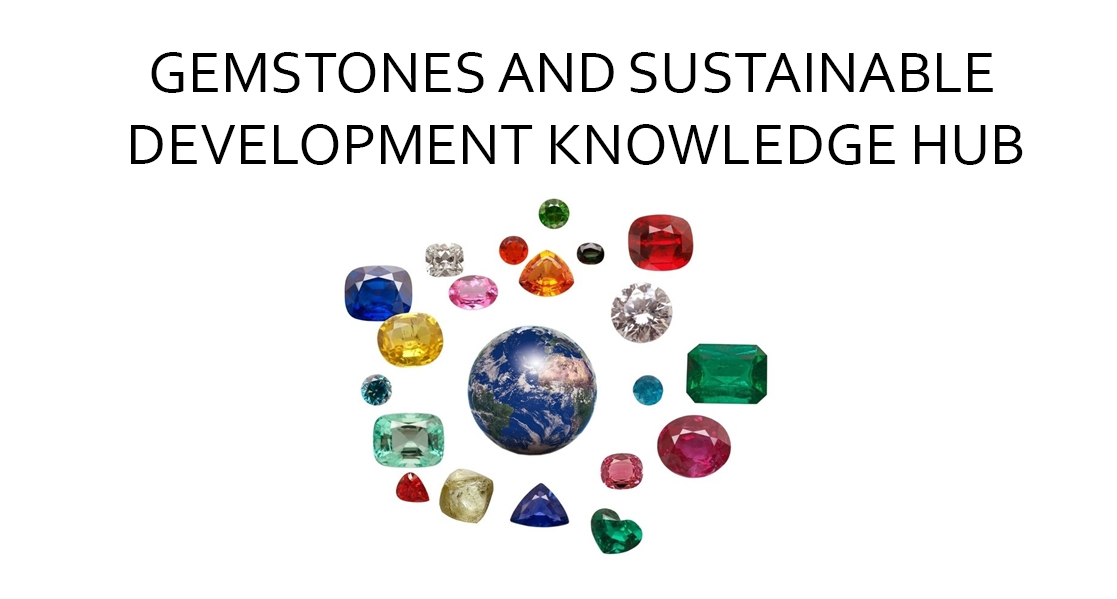by Faryal Khan
Ruby emblematizes the sublime and possesses an instinctive allure. The unquenchable magnetism of this precious gemstone ascends if it is embedded deep into one of the most formidable locales; such as Azad Kashmir. Azad Kashmir holds incomparable abundances of nature, but it’s most riveting treasure is its rubies. In order to unfold the dynamics of its mining, a research undertaking was coordinated from Islamabad to Muzaffarabad under the supervision of Dr. Muhammad Makki. After gaining comprehension over the institutional frameworks, the scoping study dwelled towards the ruby mines to Kel and then to the villages of Domail and Chitta Katha. The field experience presented some exceedingly pertinent research finding(s). However, the most pronounced feature was the defiance of the attribution of the perceiveddynamics of ‘normal’ mining culture to the Kashmir’s ruby and the contrasting contextual realities, which necessitate a diversified exploration to inculcate the specificity of, and consequently promulgate, the ruby mining culture in Kashmir.
The ruby mines had been discovered in 1979, but actual production did not commence until 1990, mostly due to the rugged mountainous terrain and harsh weather conditions during which the mine(s) could be accessed only from May to October. The major chunk of the responsibility of the mining operations at Chitta Katha has been undertaken by the Azad Kashmir Mineral and Industrial Development Corporation (AKMIDC). The Corporation initiated a project titled “Exploration & Evaluation of Precious and Semiprecious Stones in Upper Neelum Valley, Azad Kashmir” from 1995 to 2005. Consequently, the project established Chitta Katha, opposite to Nangimali, as the most promising site for ruby deposits, yielding 342 kilograms of rough rubies. Relatedly, the mining operations at Nangimali, under a private lease, have halted and the underlying reasons have been considerably cryptic.
The discussion with the villagers elucidated certain aspects steeped in significance. We found out that the village was inhabited by one family exclusively, the Mughals. The locals from Domail and Kel were limited in their operational participation at the mine by holding yearly tenders to provide the labor force which constituted of 30 to 35miners at the peak mining season and plummeted to 10 miners during harsh weather conditions. The hue and the surreal clarity of the Kashmir rubies varies from transparent to translucent and brownish pink to pinkish-red and deep red in color. The Nangimali ruby deposits are considered superlative, in comparison to its adjacent Chitta Katha deposits. More so, the mined rubies are collected by AKMIDC and auctioned at Muzaffarabad and at the Kashmir House in Islamabad, annually, unless interrupted by infrequent supply or other reasons. The Corporation also maintains scrutiny over the buying and selling of rubies locally, fundamentally to counter any illegal circulation. Regarding the supply chain, the gemstone is taken abroad after being auctioned and circulated in Pakistan at various gem exchanges for adding finesse to transform its eventual fate.
The aforementioned findings were indeed germane to the outlined aims of the scoping study to discern all attributing factors to ruby mining. However, certain contextual realities take precedence in contriving a (re)imagined understanding of the nuanced ‘normality’ that inherently underpins the mining culture of Kashmir’s rubies. Firstly, the absolute absence of any repercussions of being in propinquity to an active international conflict – the struggle for Kashmir’s self-determination – especially keeping in view the proximity of ruby mines to the Line of Control (LoC). Moreover, the lack of indulgence of locals to utilize the treasure trove to fuel the armed struggle across the LoC, as ‘normally’ seen in cases with similitude; occurrence of a lootable and highly valued commodity to a kinetically charged conflict zone. Additionally, the blatant absence of criminogenic factors redirected the assumed and ‘normally’ evidenced understanding associated with the lootability of gemstones.
This factor cascaded into another finding ‘normally’ identified with gemstone mining; the intangible association that local communities experience in view of their close bearing with the resource. In case of Kashmir’s rubies, the locals can view the mine(s) at all times and yet, they are void of any gripping realization of its value or possess any (collective) desire to demand for an increased participation in its operations or resultant developmental outcomes. Concurrently, the Domailisshowed increased affinity towards their farming and agricultural produce; consisting of primarily potatoes, wild herbs and livestock. It was remarkable to witness their carefully forged and decided responsibilities towards their farming life – as ‘normally’ found in mining communities – but at the same time quite confounding to observe their gentle indifference towards the rubies which are exponentially more valued and remain at immediate sight. Adding to this assertion, the people of Domail inhabit the village as one large, extended family and represent a unique uniformity as ‘normally’ unseen; primarily, void of local power clashes. However, this uniformity does not translate into collective unity in view of the ruby mining culture as an integrated and conscious front.
The economic potential of the ruby mining seems remarkably faded when the distinct attributes of the mining culture form a considerably ‘abnormal’ mosaic of a livelihood that transcends normally held conventions. The explorative lens requires a redirection towards the contextual realities which evoke a fascinating rural setting that needs to (re)define the specificity mining cultures encompass while keeping the centrality of the resource (ruby) intact. However, assumptions dwelling with the notions of ‘normality’ – perceived or otherwise – possess the latency to form assertions on naive ties; yet, they can be fringed upon conceptions, especially based on mining communities blessed with a resource whose aura defies time, but more significant, on the resource’s mining culture – that defies normality.
Acknowledgements:
The author is profoundly grateful for the research opportunity and supervision received from Dr. Muhammad Makki and also extends her thanks to Waseem Iftikhar and Aizah Azam for their assistance.
The author also gratefully acknowledges the financial support for the fieldwork received from the 'The Gemstone Knowledge Hub' at the University of Delaware USA.




